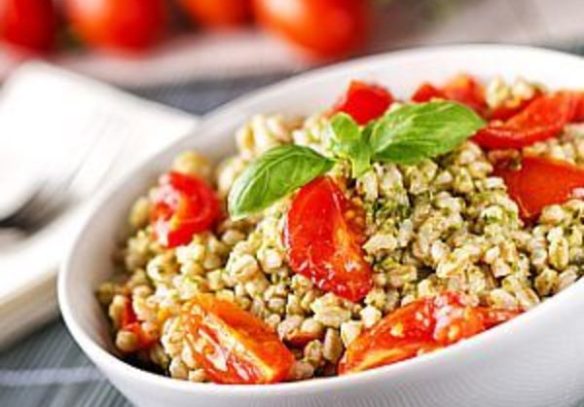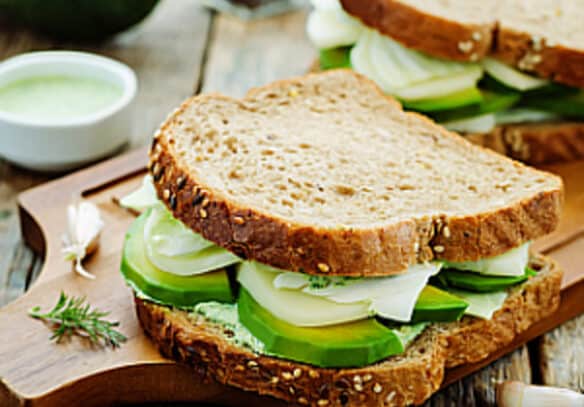
It’s Raining Grains
Whole grains are an important source of B vitamins, minerals, and dietary fiber, which all helps keep you (and your heart) healthy. So why are so many people skipping out on grains? Popular diets may suggest ditching carbs, but what you really should be doing is swapping out refined grains for whole ones. We asked for advice from Aramark Registered Dietitian Mary Cummings to take advantage of whole grains’ health benefits.
What’s the Whole Story
Whole grains include the entire seed of the plant (barley, farro, wheat berries, and quinoa to name just a few), whereas refined grains have been processed to remove important parts of the grain. That processing strips away much of the grain’s natural nutrients. It can be tricky to spot the whole grains when you’re out to eat or shopping at the store, so how do you know which ones are whole? Mary has a few tricks up her sleeve for navigating the menu and deciphering ingredient lists. Want Mary’s tips on spotting whole grains? GET THE WHOLE PACKAGE
One Swap at a Time
The USDA recommends at least half of your grains should be whole. To get there, you can start by making gradual changes like making rice dishes with half white rice and half brown rice. Then, try making your sandwiches and toast with whole grain bread, and your favorite pasta dish with whole grain noodles. Before you know it, you’ll get used to that nutty taste and extra texture, and will even grow to love it. Bonus tip: Popcorn is a whole grain! EAT THE WHOLE BOWL
Note: Since everyone’s health history and nutritional needs are so different, please make sure that you talk with your doctor and a registered dietitian to get advice about the diet and exercise plan that‘s right for you.


